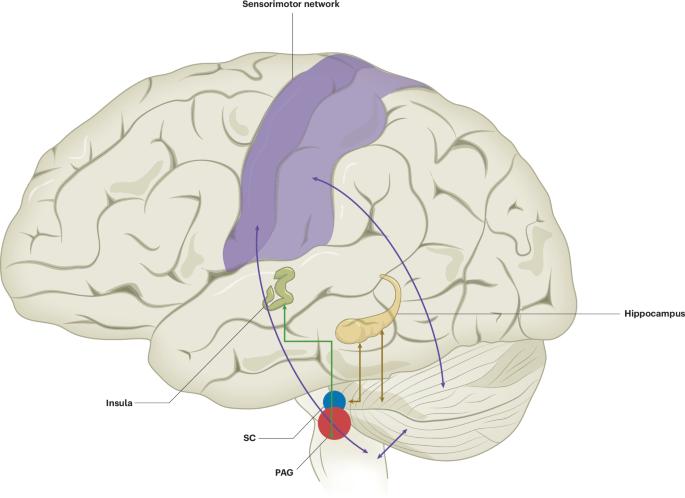Why reliving is not remembering and the unique neurobiological representation of traumatic memory
引用次数: 0
Abstract
Anecdotally, the difference between autobiographical and traumatic memory is clear; one is remembered, the other vividly relived. Further distinction can be drawn between past-centered traumatic recurrences and present-centered trauma-related intrusions. While some argue sensorimotor representations to be building blocks of all memory forms, traumatic memory seems to haunt in the form of unintegrated sensations and actions. This Perspective hypothesizes a neurobiological delineation between these memory forms, where traumatic memory is uniquely characterized by alterations to lower-level and primary sensorimotor processes. The proposed demarcation has implications for legal systems, which assume interrogations of autobiographical and traumatic memory can be methodologically identical. Clinically, first-line treatments for post-traumatic stress disorder have yet to explicitly address sensorimotor processes, where up to half of individuals are non-responsive and 20% drop out. We are left with urgent needs to consider sensorimotor fragmentation of traumatic memory and advance interventions that assimilate these fragments into a past-contextualized autobiography. In this Perspective, the authors review the literature regarding the differences between autobiographical and traumatic memory and introduce sensorimotor-based implications for understanding and treating post-traumatic stress disorder.

为什么重温不是记忆以及创伤记忆的独特神经生物学表征
从轶事来看,自传体记忆和创伤记忆的区别是显而易见的;一个是记忆,另一个是生动的重现。可以进一步区分以过去为中心的创伤复发和以现在为中心的创伤相关侵入。虽然有人认为感觉运动表征是所有记忆形式的基石,但创伤记忆似乎是以未整合的感觉和动作的形式萦绕于心。本视角假设了这些记忆形式之间的神经生物学划分,创伤记忆的独特之处在于低级和初级感觉运动过程的改变。提出的分界对法律系统有影响,因为法律系统认为对自传记忆和创伤记忆的询问在方法上是相同的。在临床上,创伤后应激障碍的一线治疗尚未明确解决感觉运动过程的问题,多达一半的患者对这种治疗没有反应,20%的患者放弃治疗。我们迫切需要考虑创伤记忆的感觉运动片段,并推进干预措施,将这些片段同化为过去语境的自传。在本视角中,作者回顾了有关自传体记忆和创伤记忆之间差异的文献,并介绍了基于感觉运动的创伤后应激障碍理解和治疗的意义。
本文章由计算机程序翻译,如有差异,请以英文原文为准。
求助全文
约1分钟内获得全文
求助全文

 求助内容:
求助内容: 应助结果提醒方式:
应助结果提醒方式:


